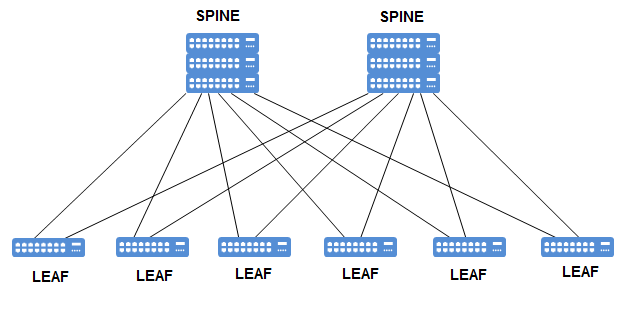MLAG can be used at various places in the network to eliminate bottlenecks and provide resiliency, including the spine layer and leaf layer. But the most common use case for M-LAG is using this feature at the Leaf layer. At the leaf of the network, servers with multiple interfaces connect to the switches using NIC …



